|
Are you a Food Producer? Do you use anhydrous ammonia as a refrigerant? Did you know that if you charge your system with more than 10,000 lbs of anhydrous ammonia in a given year you must submit a Toxic Release Inventory (TRI) report? Yes, it’s true. If your SIC Code begins with 20, then The Emergency Planning and Community Right-To-Know Act (EPCRA Section 313 reporting requirements likely apply to your facility. This program is often referred to as the Toxic Chemical Release Inventory or TRI. And it requires that you evaluate all the chemicals at your facility. You also have to look at the activities you do and how you use the chemicals you have at the facility and classify them into categories of “manufacture,” “process” or “otherwise use” the chemicals at your Food Production facility. But that’s not the whole story. It’s not that simple. There are exemptions, and calculations. It gets complicated. It gets confusing. To help you with some of the confusion, EPA created a special bulletin entitled EPCRA Section 313 Reporting Guidance for Food Producers that describes how and when common chemicals used by Food Producers, including anhydrous ammonia, must be reported. Get started now. TRI Reports are due July 1, 2021. If you need some help, give us a call. You might also like this article about TRI:
0 Comments
The Regulations If you have a covered process at your facility, both OSHA and the EPA require that your facility conduct a Compliance Audit at least every 3 years. Compliance Audit requirements are outlined in OSHA's regulation, the PSM Standard, in 29 CFR 1910.119(o) and in EPA's regulation, the RMP Rule, in 40 CFR 68.58 and 68.79.
Purpose of Compliance Audits Audits are often looked upon with distain because they usually uncover things we miss and we immediately associate this with getting in trouble. But, if you can change your attitude a little and look at a Compliance Audit as an opportunity to improve your overall program, it can be one of the Best Management Practices there is. Compliance Audits are intended to find weaknesses in a program. That's their job. That's what they are designed to do. Not to get someone in trouble, but to improve the adequacy of your PSM / RMP program. Sure, Compliance Audits are performed to determine how well the PSM / RMP Prevention Program complies with the OSHA's PSM Standard and EPA's RMP Rule requirements. The reports are alike a score card. They indicate whether personnel are following the policies and procedures outlined in your own system, written by your team. Performing Compliance Audits will help the facility correct deficiencies and to continually improve your PSM / RMP Program.
First, a consultant will likely be more objective. You know what you "want" your program to say or believe all the documentation is in place, but a person not familiar with the PSM / RMP Prevention Program will be able to objectively tell you whether or not it actually says what you want it to say or that the documentation you have actually meets the intent of the regulation. Consider when you wrote a paper for school. After working with it for awhile and then reading it 10 times, didn't it say what you wanted it to say? It was perfect, right? And, then, you asked your mom or your room mate to read it and they had all kinds of comments and questions. Appendix C to the PSM Standard states that the "audit should be conducted or lead by a person knowledgeable in audit techniques and who is impartial towards the facility or area being audited." It's difficult to check yourself and your own work at times, and having another opinion will only make your program stronger. In addition, an outside party might be familiar with ways of ahndling a situation or presenting required information in a way you haven't thought of. People whose job it is to conduct PSM & RMP Compliance Audits see a wide variety of documents that they likely will be able to share with you. If you don't want to hire a consultant, if your facility is part of a larger organization that has other plants also covered by PSM / RMP, consider creating a "Round Robin" auditing schedule where the PSM /RMP Coordinator from one plant audits the PSM / RMP Program at another plant. This way Best Management Practices (BMPs) can be shared across the organization so that improvement is made across the board. And, remember, you can audit your own program. It might not be the optimal method, but it isn't against the rules. Compliance Audits Are a Best Management Practice Remember, the purpose of the audit isn't to "nail" someone or get someone in trouble. The purpose of the Compliance Audit is to idenify those tasks, items, documentation that might have been overlooked or require some improvement. It's all about improvement. It's all about continuous improvement. Compliance Audits are great BMPs. This story is brought you by Schneider Risk Management.
If you have any questions, please call us at (231) 288-1076. OSHA Updates its Interim Enforcement Response Plan for Coronavirus Disease 2019 (COVID-19)3/22/2021
Some of the biggest changes in the rules include:
Generator Category Name Change – Knowing where your operation falls in the regulations is important to navigate the regulation. The adoption of GIR replaced the old category Conditionally Exempt Small Quantity Generator with Very Small Quantity Generator (VSQG). Remember, each type of generator has a different set of waste management requirements. Suffice it to say that VSQGs have fewer requirements than do LQGs. Labelling - VSQGs must label their containers that contain hazardous wastes to identify the contents, while SQGs and LQGs must label hazardous wastes containers with the words “Hazardous Waste”, the waste codes, accumulation start date and another label or marking identifying the hazard associated with the waste. SQG Re-Notification: SQGs are now required to re-notify EGLE every 4 years regarding their generator status. The re-notification must be completed by September 1st of the 4th year. SQGs who have not previously notified EGLE must complete the Site Identification form (EQP-5150) and submit it to EGLE by September 1, 2021 or earlier if an ID number is needed for manifesting hazardous waste. Waste Determination: Each hazardous waste must be characterized, meaning a generator must determine if any of its waste streams are considered hazardous waste. The information gathered during the characterization process must be documented and kept for 3 years. Information used to characterize waste can include knowledge of the process generating the waste, analytical results from sampling the waste, and SDSs from raw materials that went into generating the waste, among other things. Aerosol Cans – For generators in Michigan, this is a big change. Now, aerosol cans can be classified as Universal Waste rather than hazardous wastes, as long as aerosol cans are managed in accordance with the Universal Waste Rules. The rules include requirements for labelling and managing of containers, defines aerosol can processing, and includes recordkeeping and training requirements. Some general universal waste requirements that apply to aerosol cans include:
There are some other advantages to classifying aerosol cans as universal wastes rather than hazardous wastes. Aerosol can puncture systems are cost-effective options. The company will likely save money by separating the can from the liquid rather than merely sending partially full aerosol cans off as hazardous waste. A puncture system removes liquids from the aerosol cans and accumulates it in drums and the aerosol propellent is absorbed into the can puncture system filter, and the empty aerosol cans are then placed in the scrap metal bin. In addition, EGLE has established air permitting exemptions for on-site puncturing of miscellaneous and surface coating hand-held aerosol cans. Episodic Waste Generation Events – Making the regulation more flexible for generators and to resolve a historic problem facing many VSQGs and Small Quantity Generators (SQGs), the GIR allows a company to temporarily exceed its monthly generator quantity without bumping the company into a more stringent generator category. Some of our clients are excited about this change because oftentimes after a plant clean-out or a production change, they are left with more hazardous waste than they would normally generate. Sometimes a spill creates an unplanned quantity of cleanup debris that must be managed as hazardous waste. This unplanned event often bumps a company into a more stringent generator category. Previously, if a generator were to exceed a monthly generation rate threshold for its generator class, the company had to comply with all of the rules for the more stringent generator classification. Now, using the Episodic Waste Generation Event, a generator can exceed its generator classification threshold once per year without being thrust into the more stringent regulatory category. Of course, there are a few conditions that must be met in order to qualify for the Episodic Waste Generation event:
Waste Consolidation – Another new rule that provides more flexibility is waste consolidation. A company that owns and operates a VSQG facility and a Large Quantity Generator (LQG) facility can consolidate the VSQG facility’s wastes at the LQG facility if both facilities are under the control of the same person (as defined in the rule) and they meet certain conditions: Some VSQG conditions include:
LQGs must meet the following conditions:
These are just some of the highlights of the new GIR. Here is a Link to the EGLE HW GIR page where you can read more. If you have questions regarding the new requirements and how they can benefit your operation, please contact one of us at SRM and we will help you navigate your way through the new rules. (231) 288-1076.
even months after an incident occurred that can affect the “days away,” “transfer” and other information on the log. Tier 2 Reports – Has your company started any new processes this past year? Are there any new chemicals stored on site? If so, determine the quantities and how and where the materials are managed on site. Now is a good time to update your chemical inventory so that you are ready and able to prepare your Tier 2 Report. Tier 2 Reports are due March 1, 2021. And, don’t forget, a thorough and accurate chemical inventory supports other programs like Right-to-Know, oil and chemical spill prevention (SPCC and PIPP) and storm water pollution prevention. Air Permit Reports – Depending on your emission units and permit terms and conditions, you may have monthly, quarterly, semi-annual or annual reports to submit. It is a good idea to check in with the staff responsible for collecting data to ensure it is complete and accurate and that the data will be available when needed. Toxic Release Inventory – TRI reports aren’t due until July 1st. And although you still have some time, it is always a good idea to get a jump start on collecting necessary data, which can be time consuming and cumbersome. If you already know that chemical quantities exceed thresholds, start ordering 2020 data or reports from appropriate company departments and vendors now so you have plenty of time to assemble and analyze the data to prepare the TRI report and submit it on time. If you are unsure whether TRI Reporting is required, the first step is to conduct an Applicability Determination to identify whether regulatory thresholds have been exceeded. This activity examines the raw materials, processes and wastes generated by a facility and compares the results with the regulatory thresholds. If thresholds are exceeded, then a TRI report Form A or Form R are required. Online Reporting Access – Just like the fire department wants you to check the batteries in the smoke detectors at home during the New Year, it is also a great time to check your usernames and passwords to make sure they are current and still work so that your online access is not interrupted when you go to enter your data. Some agencies even require you to change your password annually. The new year is also a good time to make sure that everyone at the facility involved in the reporting process still knows their login information and how to use it. Getting these items resolved now will help avoid headaches as you approach reporting deadlines. If you have questions about reporting or applicability of regulations,
give us a call at (231) 288-1076. We are happy to help!
Some companies have chosen to make their COVID-19 Preparedness Plan a separate document, while others have just incorporated these new activities into their existing Haz Com plan. Either way is fine as long as you can demonstrate that you are following the applicable OSHA guidance and Executive Orders.
What we are doing, in essence, is looking at COVID-19 as a new hazard introduced into the workplace that can cause death or serious injury. We should treat Covid-19 just like we would any other occupational hazard, and use OSHA’s COVID-19 guidance to help measure the risk posed by certain workstations, sick employees and visitors. Then we determine the steps the employer needs to take to eliminate or reduce this new hazard. These are considered reasonable steps in assessing and abating a hazard. Let’s do a Deeper Dive into What this would look like: As we know, OSHA requires that employers provide a safe working environment, one that is free from recognized hazards that can cause death or serious physical harm. Enforcement is done using the General Duty Clause and other applicable and specific regulations. We typically create a safe workplace by conducting hazard assessments and then developing engineering solutions and procedures on how to abate the hazards and protect employees and people who visit the facility. If we simply treat COVID-19 as a new serious hazard in the workplace, then the OSHA requirements that we need to consider come into focus. These include hazard assessment, safe work practices and hierarchy of controls (engineering and PPE). We can then prepare a COVID-19 Preparedness and Response Plan with the recommendations in OSHA’s COVID-19 Preparedness Guide (OSHA 3990). Here are the recommended steps:
We also need to consider Executive Orders that provide insight on required best practices. These best practices fall into five categories:
If it Wasn’t Written Down, Then it Didn’t Happen This last step is very important. Document everything you do. Remember, the old OSHA adage still applies. “If it is not written down, then it didn’t happen.” In addition to your plan, document and maintain training records, entry screening results and the steps taken to isolate a confirmed or suspected case of COVID-19, and appropriate notifications to the health department and others. Having appropriate documentation that describes the actions planned and actions taken because of an exposure will be especially important when employees complain to OSHA or an agency conducts an inquiry at your facility. You will need to be able to demonstrate how you provided a place of employment free from recognized hazards, including COVID-19. And you will do that using your written hazard assessment, policies and procedures, engineering controls and required PPE. Litigation related to COVID-19 injuries, fatalities and human resource issues is an emerging legal market, so it is extremely important that you have a plan and document everything the company has done to provide a safe work environment. Together they will demonstrate the company’s good-faith efforts taken to deal with the new hazard and be useful in resolving compliance or legal disputes when they arise. Lastly, as restrictions are loosened and we begin to reopen, remember not to get sucked into the free-for-all of not worrying about COVID-19 prevention. Many states are currently re-imposing restrictions after seeing spikes in COVID cases as a result of people not being careful enough. We don’t want to invite this behavior into our businesses. We don’t want to contribute to the infection rate, so it will be important to re-emphasize with employees that they need to stay vigilant at home and at play to prevent the spread of infection to family, friends and co-workers. Here are some links to useful information and guidance that will help you navigate COVID-19 as you re-open. If you have a process that contains highly hazardous chemicals, it’s likely that you are required to implement a Process Safety Management program at your facility. If you have established your program, then you already know that it is everyone’s responsibility to protect people and the environment from exposure to highly hazardous chemicals. And, having systems in place to prevent exposures and reduce the potential for catastrophic event like a significant release of toxic or flammable material is what Process Safety Management is all about. So, how does Process Safety Information (PSI) fit into this system?
The rule doesn’t provide allot of guidance on how to gather the information, what form it should take or what to do with the information once you have it. But we will get into these kinds of details later. As time goes on, we will explore each of the PSI requirements in future posts. Today we are going to focus on the purpose of PSI.
The Purpose of PSI The regulation simply states that, “The compilation of written process safety information is to enable the employer and the employees involved in operating the process to identify and understand the hazards posed by those processes involving highly hazardous chemicals.” In our opinion, though, PSI is the backbone of the PSM Program. PSI provides the building blocks for the rest of your PSM Program. And we are in agreement with Appendix C in that having complete and accurate PSI is essential for an effective PSM program. PSI is a core requirement. It is a necessity. Imagine, if accurate information is not maintained and something happens, how would you deal with the situation if you don’t know what kind of materials are in your process. It’s kind of like following a recipe, if you don’t know what the ingredients are, how do you know that your cake will turn out? If you don’t know what kind of gasoline your car runs on, how do you know what to put in it if you run out of gas? If you don’t know what kind of equipment is in your refrigeration system, how will know what to do when something needs repair or replacement? It’s the same principle. There is basic information you need to have on hand in order to run your process effectively and efficiently. So, let’s repeat the mantra. Complete and accurate PSI is imperative. It is really, Really, REALLY important because it supports everything else you do. How Does PSI Inform the rest of your PSM Program? PSI is the foundation of your entire PSM program. You use PSI to build your program. It intersects and interacts with all the other PSM program elements. We’ll keep it simple for now. Here are a few examples of how PSI affects the rest of your program:
Up Next – The details Over the next several months we will be posting some details about each of the required PSI. That is the information required by PSM and some guidance on what it should look like and how to use it. |
|


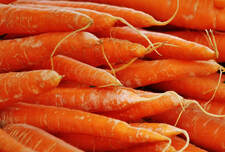
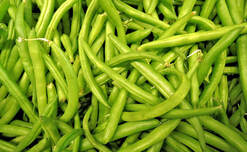

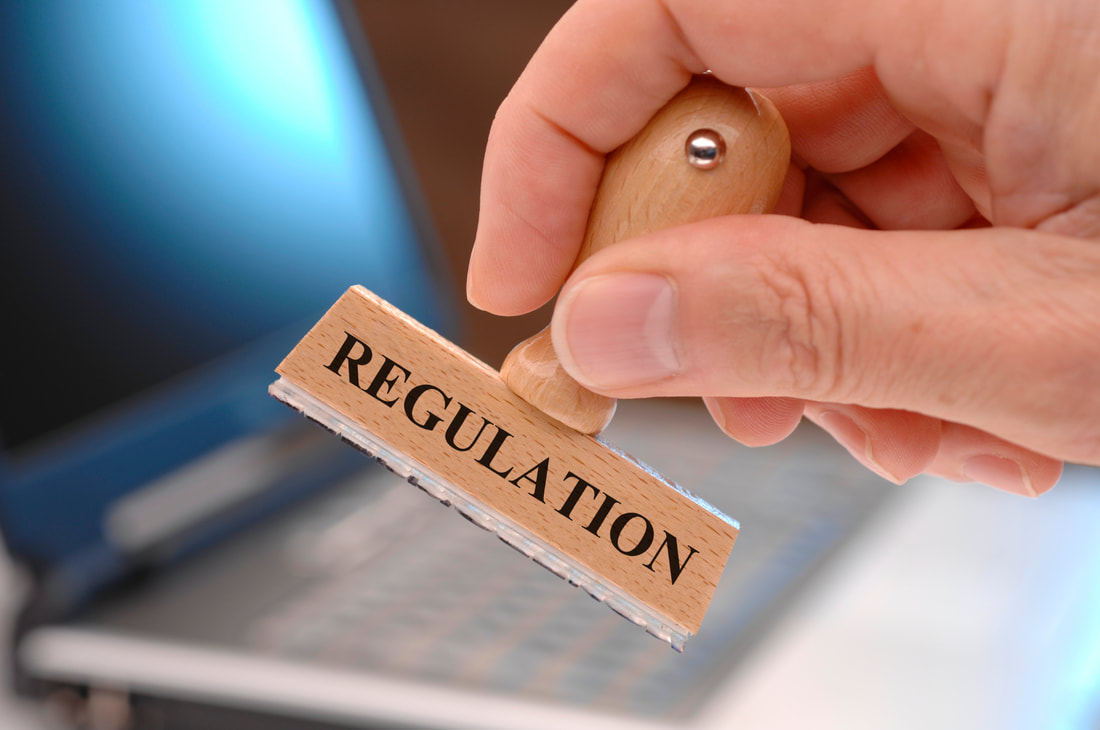
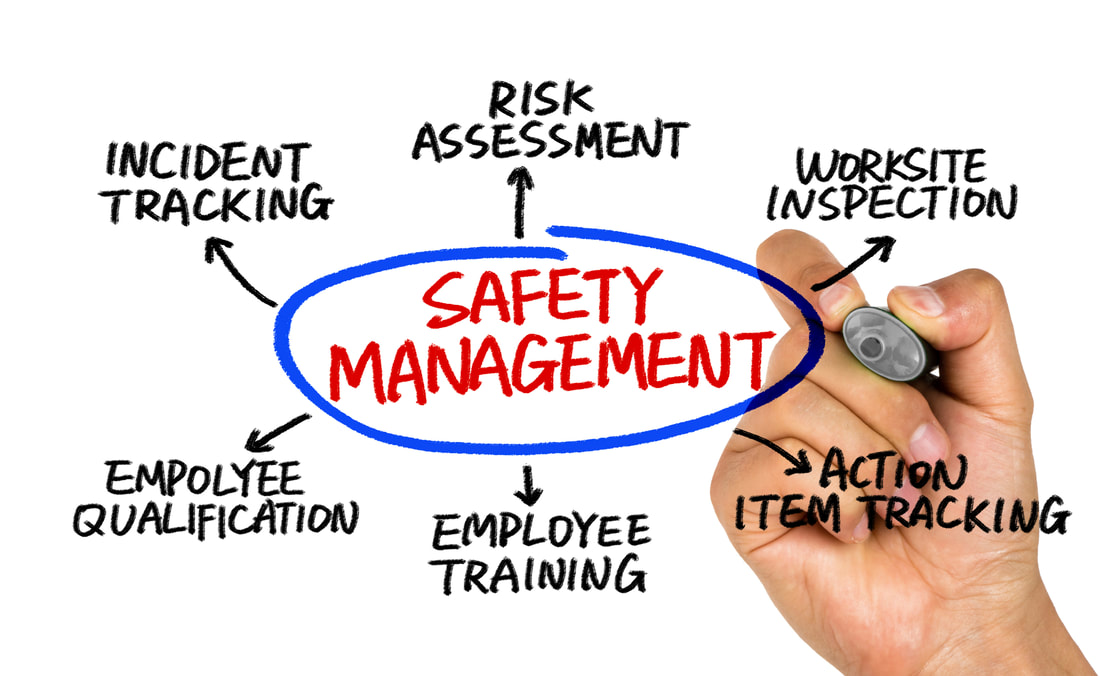
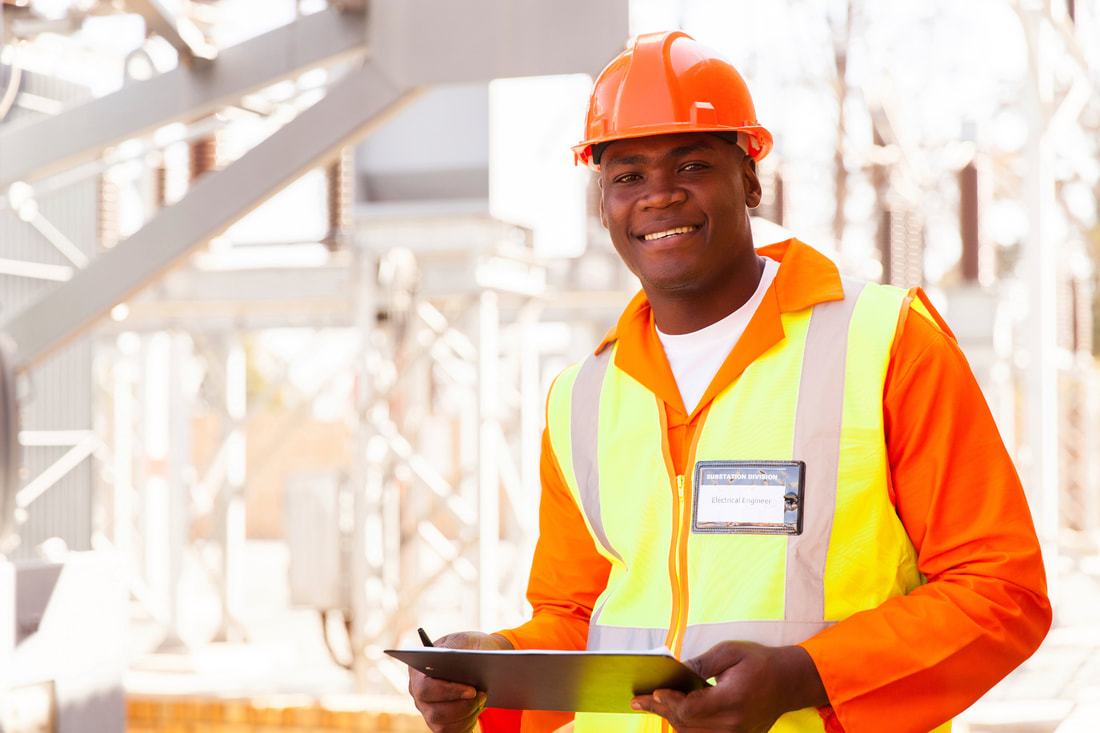
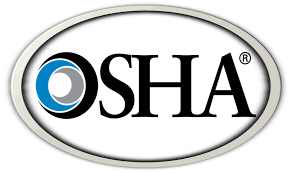

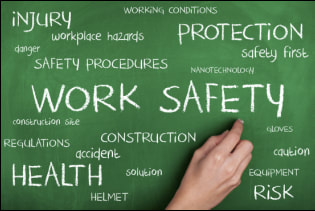





 RSS Feed
RSS Feed
